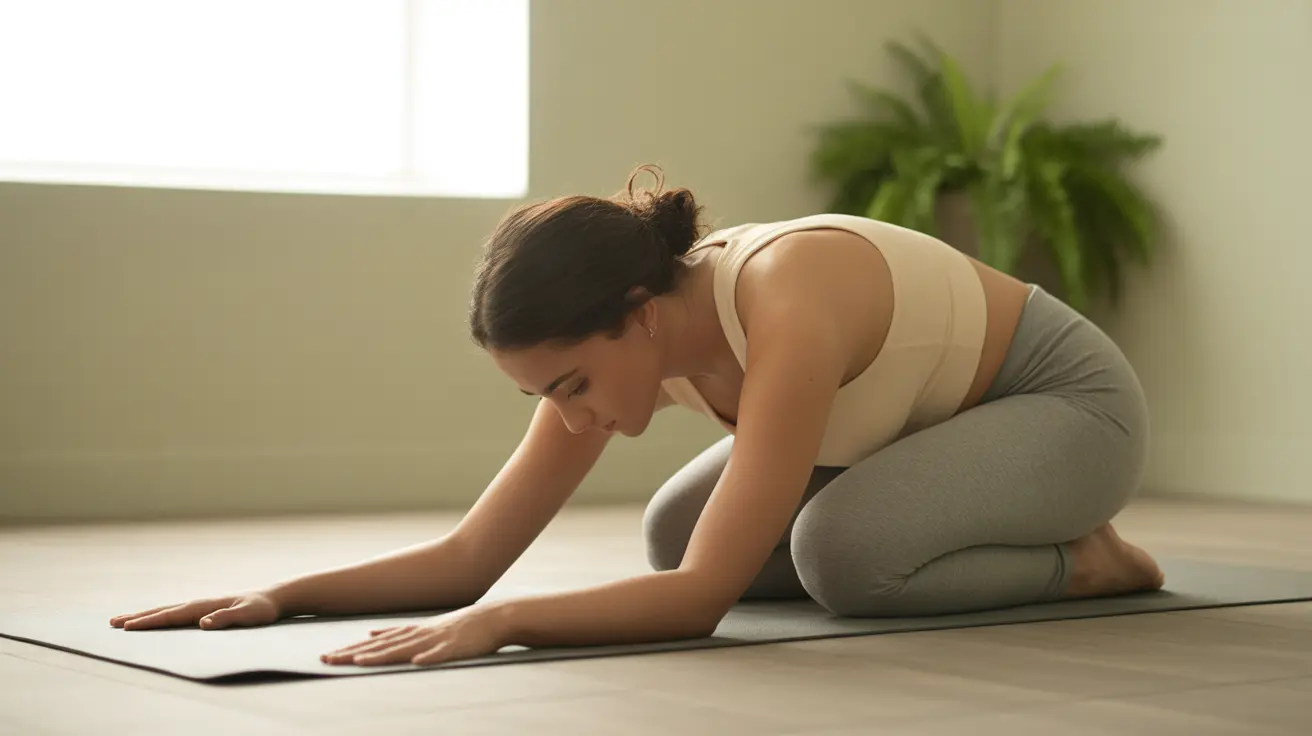Living with back pain can be incredibly challenging, and many people seek natural ways to find relief. Spinal decompression at home has gained attention as a potential solution for various back-related issues. This comprehensive guide explores safe methods to decompress your spine in the comfort of your home, while highlighting important safety considerations and effectiveness.
Understanding proper techniques and precautions is crucial before starting any at-home spinal decompression routine. While these methods can provide relief for many people, it's essential to approach them with knowledge and care.
Understanding Spinal Decompression
Spinal decompression involves gentle stretching of the spine to relieve pressure on the vertebrae and surrounding nerves. This process can help create space between vertebral discs, potentially alleviating pain and promoting healing in some conditions.
Safe At-Home Decompression Techniques
Gentle Stretching Exercises
Start with these basic stretches to safely decompress your spine:
- Child's pose
- Cat-cow stretches
- Knee-to-chest pulls
- Standing forward bends
- Supine twists
Using Equipment Safely
Several tools can assist with spinal decompression at home:
- Back stretchers
- Foam rollers
- Orthopedic pillows
- Spinal decompression belts
Important Safety Guidelines
Before attempting any spinal decompression at home, consider these essential safety measures:
- Start slowly and listen to your body
- Stop if you experience increased pain
- Maintain proper form during exercises
- Don't bounce or force stretches
- Practice gentle, controlled movements
When to Seek Professional Help
While home decompression can be beneficial, certain situations require professional guidance:
- Severe or chronic back pain
- Recent injuries
- Numbness or tingling
- Progressive weakness
- Unexplained symptoms
Frequently Asked Questions
How does spinal decompression at home help with sciatica and herniated discs?
Spinal decompression at home can help relieve pressure on compressed nerves and create space between vertebrae, potentially reducing pain from sciatica and herniated discs. The gentle stretching helps promote circulation and may assist in the healing process.
What are the safest and most effective techniques for spinal decompression at home?
The safest techniques include gentle stretching exercises like child's pose, cat-cow stretches, and controlled use of proper equipment like orthopedic pillows and back stretchers. Always start gradually and avoid aggressive movements.
Can I use spinal decompression at home if I have degenerative disc disease?
While some gentle decompression techniques may help manage degenerative disc disease symptoms, it's essential to consult with a healthcare provider first. They can recommend specific exercises and techniques suitable for your condition.
Are inversion tables a safe and effective tool for spinal decompression therapy?
Inversion tables can be effective for spinal decompression when used properly, but they're not suitable for everyone. Certain conditions like high blood pressure, glaucoma, or heart disease may make inversion therapy unsafe. Always consult a healthcare provider before using an inversion table.
What are the risks of doing spinal decompression exercises without consulting a healthcare provider?
Performing spinal decompression without proper guidance can lead to increased pain, injury, or worsening of existing conditions. Some risks include muscle strain, nerve damage, and aggravation of underlying spinal conditions. It's important to get professional advice before starting any new treatment routine.
Remember, while spinal decompression at home can be beneficial, it's crucial to approach it safely and with proper knowledge. When in doubt, always consult with a qualified healthcare professional before starting any new treatment routine.




